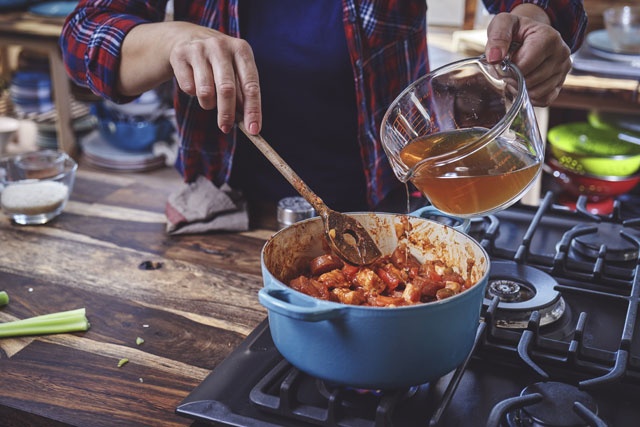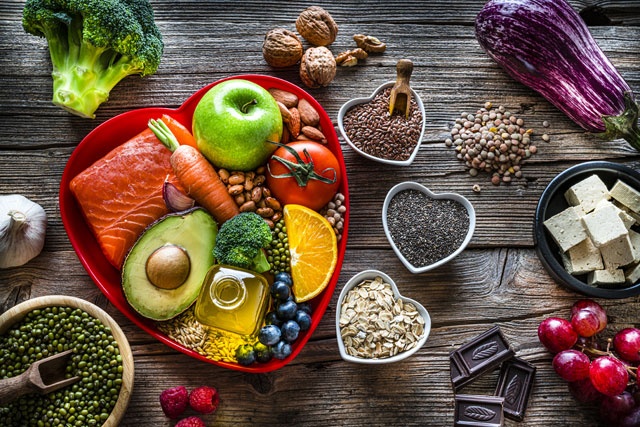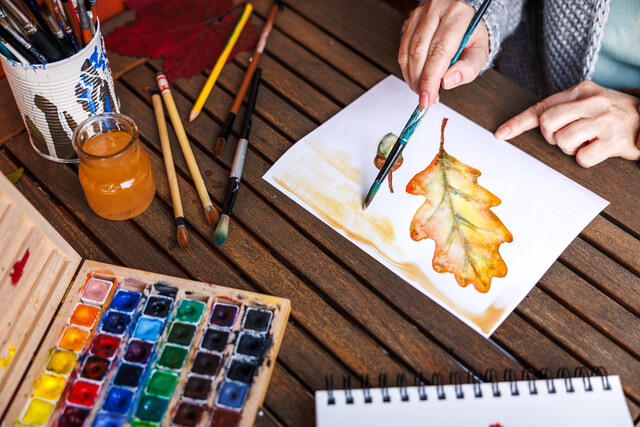If you are like most people, you have been buying jams and jellies off the shelf at the grocery store. You look to see the flavors they have on hand, wish they had something different, and reach for the one you are used to buying. And your probably do this once or twice per month. But with the canning and preserving process, you can take jams and jellies to a whole new level; and many people do each year. Jams and jellies are one of the most popular items that people like to preserve.
Why make your own jams and jellies, rather than purchase them right off the shelf? There are many reasons:
-
You can control the flavors, and what goes into them. No more unwanted ingredients, high fructose corn syrup, or fake sugar substitutes. No more being limited to the flavors on the shelf. You can control the amount of and type of sugar or sweetener, the texture, and even the flavors.
-
Because making your own jams and jellies is a special process that you do, they will make great gifts for people. Hey, if you get really good at it and have a special flavor that people seem to request time and again, you can even make a little business out of it, selling them at the local farmer's market!
-
You will get a great feeling of accomplishment just knowing that you were able to make your own jams and jellies. Not everyone can do such a thing, and being able to do it is gratifying.
-
Saving money is another benefit of making your own jams and jellies. Good jams and jellies at the store can cost a couple of dollars per jar. But you won't spend that much making up jars of it yourself at home, especially if you are using fruit you grew in your own garden, or got at a good price at the farmer's market.
Food for Thought
In order to get accurate timetables and specific directions for canning and preserving different types of foods, you should invest in a good canning and preserving book. Having one book that contains all this helpful information will be good to keep on the shelf whenever you need to know how long a particular food should cook. Walk through your local bookstore and browse the section containing canning and preserving books to see which one will suit your needs. There are many available! You may want to reserve several at your local library so you can look them over and see which one would be the best one to invest in purchasing for long-term use. You can save money on the book by purchasing from Half.com. But you will never regret having a handy canning and preserving book on your shelf. It can be an invaluable tool.
All About Canning Jams and Jellies
Before cooking the fruit it has to be thoroughly washed. Then you will move on to crushing any soft fruits or berries, and take all firmer fruits and cut them into small pieces. The peels and core can be used in the juice during cooking, as it is a good source of pectin. Depending on the type of fruit you are using, you will add water to the fruit and bring it to a boil, then simmer it for the time required for each type of fruit. This can be found in a canning and preserving recipe book or by doing a quick search online for that particular type of fruit.
For example:
If you were to make an apricot jelly, you would cook the following:
-
4 cups of crushed apricots
-
4 cups of sugar
-
2 tablespoons lemon juice
This combination would end up yielding 5 to 6 pints of jelly. After boiling for the recommended amount of time, you would test it, using a spoon, to see if it has turned into a gel and sticks to the spoon. If it drips off, it is not ready, but if it sticks to it, then it is "set" and ready. There are three main ingredients that are needed to make a "set" jelly: sugar, pectin, and acidity. When it is set, you are ready to fill the jars, using a funnel, and put the lids on.
Again, cooking times and recipes for making your own jams and jellies vary, depending on the type of fruit you plan to use. This type of information can easily be found in canning and preserving cookbooks, as well as by conducting searches online. There are many websites that offer a wide variety of recipes for you to choose from.
Did you know?
Pectin is a water-soluble substance found in fruit (in the skin and core) and other plants that will create a gel texture when cooked, and it is the basis of fruit jellies. This is why it is important when making jellies to make sure you are using fruits that are high in pectin. Some fruits that are high in pectin include blackberries, apples, cranberries, plums, and citrus fruit peel. The highest level of pectin is found in fruit that is just under-ripe and just ripe, which is why using a mixture of the two is recommended. As mentioned above, if you are using fruits that do not contain a lot of pectin (e.g., strawberries, cherries), you can purchase pectin to add to the cooking mixture in a powered or liquid form, such as Sure Jell, Fruit Jell, etc. It usually sells for $2 to $3 per box.
A Yearly Tradition
The great thing is that once you get started and master one thing, you will find that you want to keep going. Pretty soon, with a little practice, you will have a pantry filled with lots of home-canned and preserved foods. What a beautiful sight to see!
Many people like to make their own types of condiments and side items. Everything from your own homemade salsa, to pickles and ketchup, can be created and preserved. It gives you a great way to put your own signature touch on your salsa, or create an amazing chutney that people will be asking for!
In this section, we will look at some of the various types of condiments and side items that you may be interested in canning and preserving. You just might get some ideas for canning and preserving that you hadn't thought of before.
From Pickles to Relish
Many people find that making your own pickles is one of the easiest things you can do when it comes to canning and preserving. Whatever kind is your favorite, you can make them, including bread and butter, gherkins, kosher dills, and even sweet pickles. To make your favorite type of pickles, you will need to get some fresh, crisp cucumbers. You can also get some quick process pickling mix from the store, which usually costs around $3 to $4. In addition to your canning and preserving tools, you will need vinegar, jars, lids, and rings. Follow the process of boiling, filling, and sealing your jars, along with adding your pickling mix.
For example, if you wanted to can some pickles, you would follow these steps:
-
Get some fresh, crisp cucumbers.
-
Wash and cut them into the desired size and shape.
-
Sterilize the lids and jars.
-
Heat the boiling canner.
-
Boil the lids and jars.
-
Meanwhile, bring the pickling mix to a boil, according to package directions.
-
Fill the jars with the raw cucumbers, add in the simmering pickle mix, leaving headspace, and properly top with the lid and ring.
-
Boil the jars in the canner for at least 10 minutes.
-
Carefully use your jar-lifting tongs to remove the jars and put them in a place where they can cool, undisturbed.
-
Store and wait at least two weeks before using, in order to get the best flavor.
From Chutney to Ketchup
And if you like making sauces, don't stop with chutney! You can perfect and can your own pasta sauce. Not only will it taste better than store-bought, you will be able to control the ingredients so that you don't get so much sugar and salt, making it much healthier.
Like chutney, specialty mustards, and even your own ketchup, can be made and canned. Just think of the possibilities when it comes to mustard. You can have honey mustard, hot mustard, or any other specialty flavor that is of interest to you. Ketchup is another type of condiment that can easily be made in batches and then canned. Using a blender you can follow a recipe to create the right mixture then, follow the canning process.
The Canning Routine
Most canning with jars works in much the same way. You will always take the steps of picking out fresh quality foods, preparing them, filling the sanitized jars, and then preparing the jars (using either the boiling method or the pressure method). Once you have that process down, it is really a matter of finding recipes that you want to try and getting hands-on experience to perfect the process.
If you look in canning and preserving recipe books you will find many recipes for a variety of chutney, mustard, ketchup, and other types of condiments. Experiment with recipes, just as you would recipes for non-canning purposes, and find some of your family favorites. Or, you can create your own that you can save in your own cookbook of family favorite canning recipes, so you start your own traditions.
Did you know?
Have you been giving some thought to canning your own chocolate sauce? You might want to re-think it! According to the National Center for Home Food Preservation, recipes for canning chocolate sauce should largely be ignored, even though they still float around the Internet and other places. Turns out, that the chocolate sauces are so low acid, they will put people at risk for botulism poisoning when they eat them. No type of canning of chocolate sauce is recommended. Instead, if you want to preserve some chocolate sauce it's recommended that you follow a recipe for freezing it.























